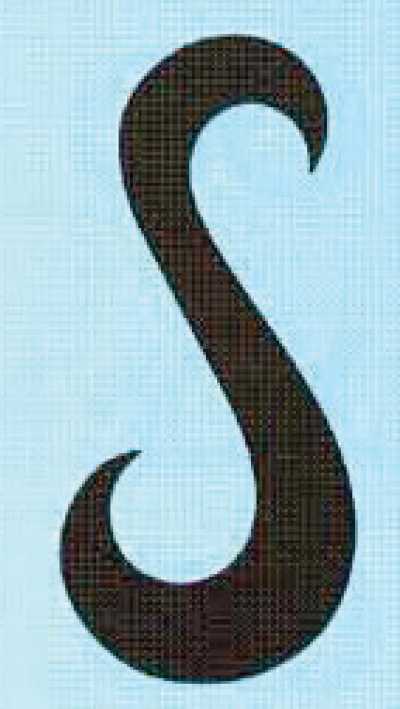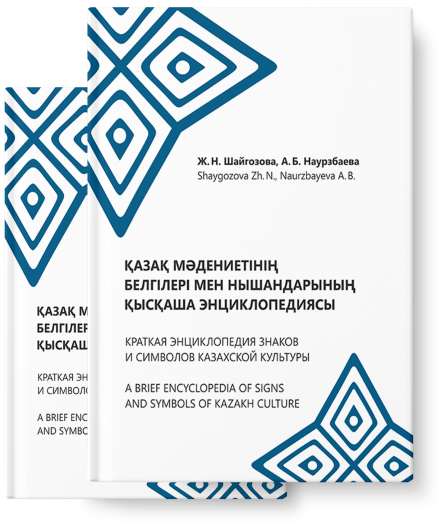
A short encyclopedia of
Signs and symbols of
Kazakh culture

The cult of the dog exists in almost all cultures of the world. In Kazakh culture, the dog is a sacred animal and one of the seven treasures/wealths (zheti qazyna) of the nomadic Kazakh people.
Since ancient times, the Eurasian ecumene has been represented by the dog in two hypostases: as the original ancestor/progenitor and as the mediator/guide of the souls of the deceased to the other world (especially children). Several semantic meanings of this animal are distinguished: personification of spirit, demiurge, worker and guardian, soul dog, etc. In the mythopoetic image of the Kazakh world, the dog is a witness and protector at the Supreme Court, which is why it is assigned a certain role in rites and rituals. The mediating function of the dog between the world of the living and the world of the dead is reflected in maternity rites. The first clothing of a man is called “itköilek” – “a dog’s shirt”, which goes back to the oldest and lost dog cult: an infant is considered “belonging to the other world” until the 40th day.
The dog also appears in an ancient custom such as “it yryldatar” (literally, “to make a dog growl”) – to feed a childless woman with a dog, etc. In the past it was also popular to prophesy by barking a dog.
The dog cult in traditional Kazakh culture, starting from the archaic period, has undergone complex transformations. It can be “read” in the context of various genealogical myths, different representations of motifs, and a chain of specific rites and rituals.
The pattern “it quiryq” is a thickened version of an S-shaped figure or is represented as a geometric figure resembling a hook. Its use in the decoration of traditional Kazakh products goes back to the associative series of dog symbols. There is a version according to which this pattern means intimacy, reliability, for example, this ornament was placed on a saddle.

